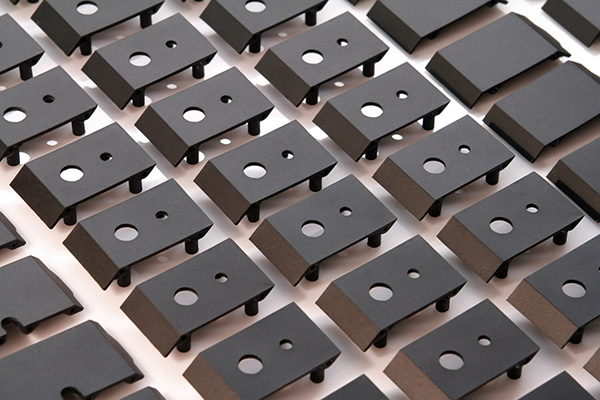A far more advanced technique that is popular in rapid prototyping is called vacuum casting. It is mainly used in producing prototypes with complicated design and has no air entrapments. This technique involves using a vacuum to push the material into the flexible mold.
The vacuum casting method involves two components to make the product: the silicon mold and polyurethanes. Other than prototyping, it is also used as bridge production from prototypes to low-volume manufacturing.
Vacuum casting is more useful in the prototyping segment in product development because of its accuracy and speed. It is very effective particularly in creating an existing model that can be the basis for replication.
In this article, we will explore the benefits of vacuum casting, its processes, and how it is a favorable technique to use in rapid prototyping.
Vacuum Casting Process
The vacuum casting technique was introduced in Europe in the 1960s at the former German Democratic Department by combining a well-organized and conservative technology. The technique was picked up by the Japanese and incorporated into automotive parts manufacturing.
The technique has a two-step process: making the mold with the master pattern and the vacuum casting process itself.

Vacuum casting parts of low volume production*
Master Pattern
The first step is to make the master pattern which is a prototype made from a solid and durable material. It is commonly made through 3D printing or CNC machining. Both processes are fast and do not require any separate tooling. It can also easily accommodate any design changes.
The master pattern is carefully prepared before they are copied. Some of the preparation methods include sanding, polishing, and painting to get the right surface finish. For products that have multiple parts, these pieces are tested if they fit together. Minor adjustments are done to make sure that it has a clean and tight appearance.
Making the Mold
When the prepared pattern is ready for the next step, they are placed in a casting box. This box is filled with liquid silicone and will be left for curing. The curing process will take several hours until it solidifies.
The casting box is taken apart and carefully cut along the predetermined seam line to remove the pattern. This process will leave behind a cavity which is a replica of the original.
Vacuum Casting
The last part of this technique is the vacuum casting itself. To make copies from the master pattern, the prepared mold is resealed and fitted with a feed tube. The liquid resin is then poured into the mold and placed in the vacuum chamber.
The vacuum is vital in the process because it draws out the air from the cavity. It removes any air bubbles and forces the resin to occupy the entire space. This mold is heated in the oven to cure the resin. When the whole process is done and the mold is opened, it will produce a perfect copy of the master model.
Final Thoughts
Vacuum casting is a perfect solution for rapid prototyping and low volume manufacturing. Aside from its accuracy and cost-effectiveness, it is also a quick manufacturing process.
Reference
*Image from https://www.eleganttech.eu/
